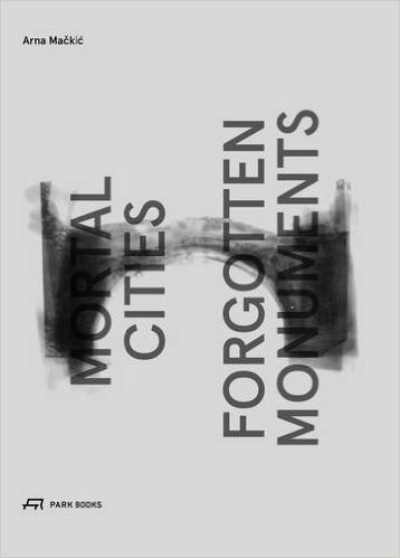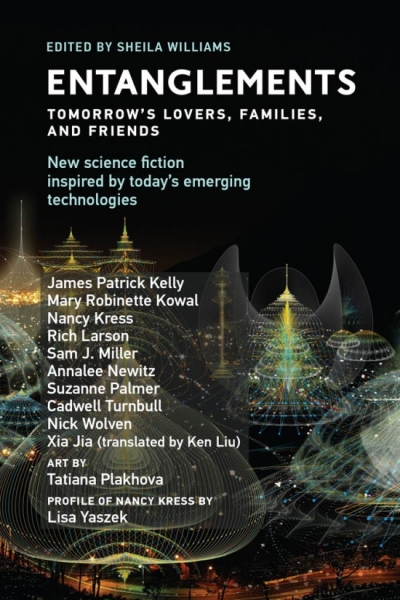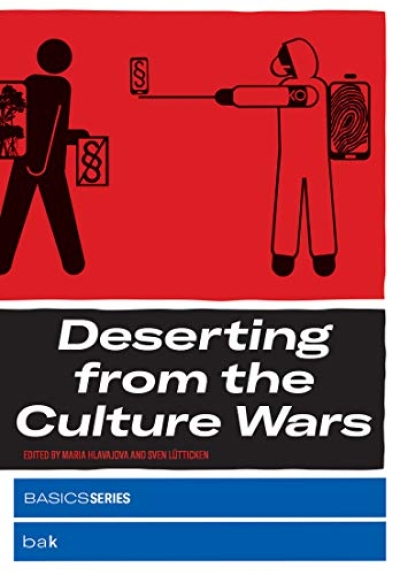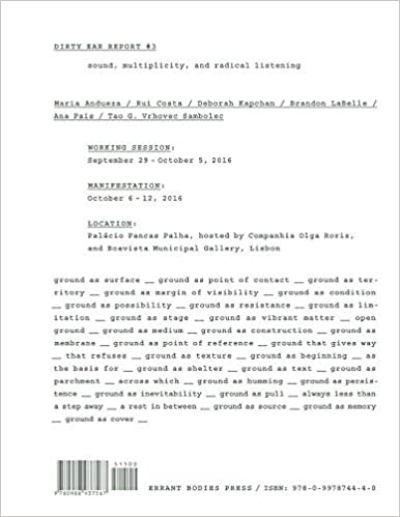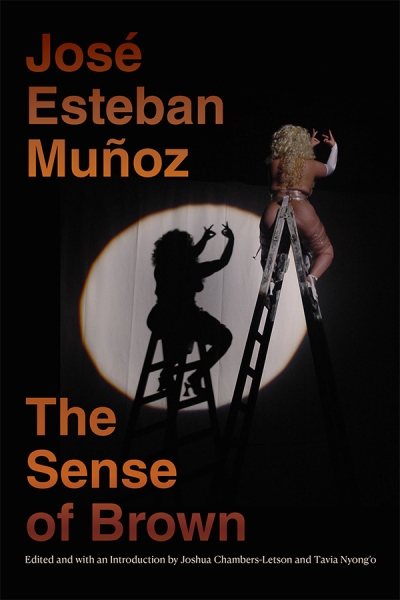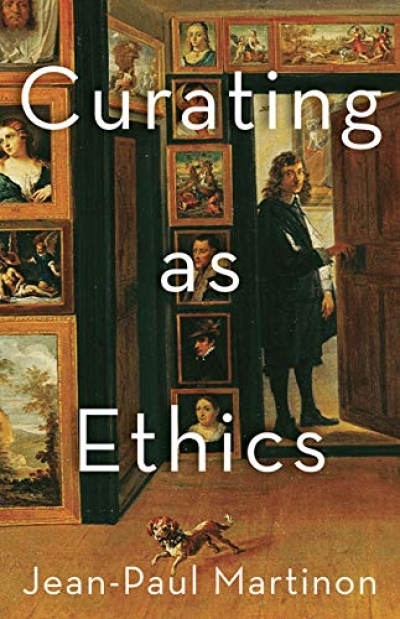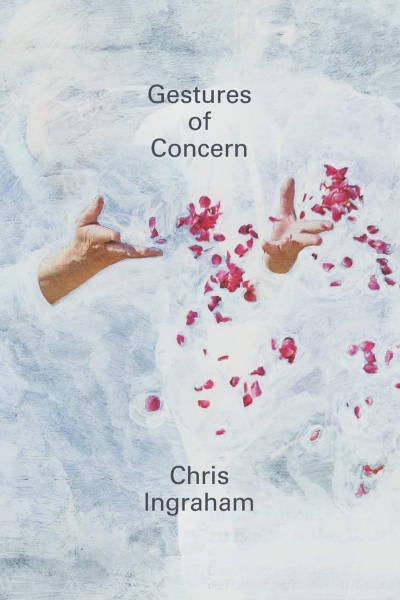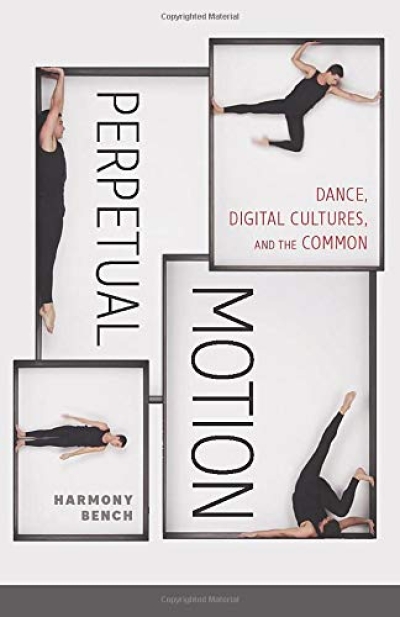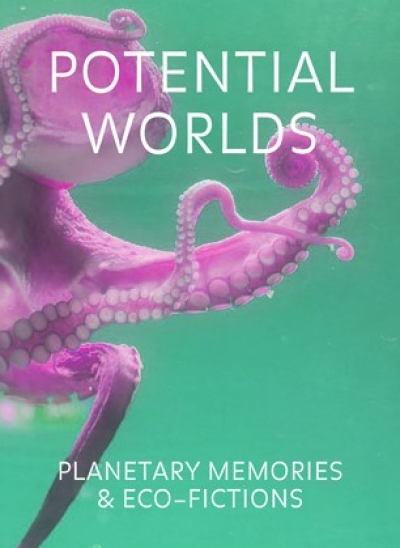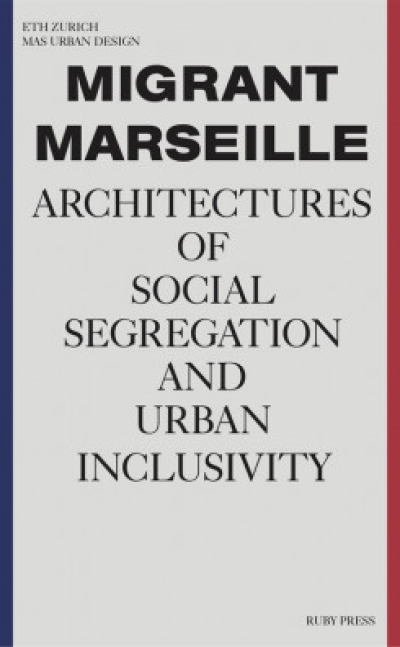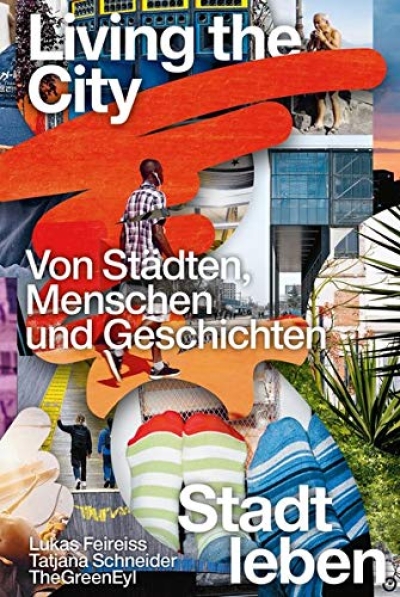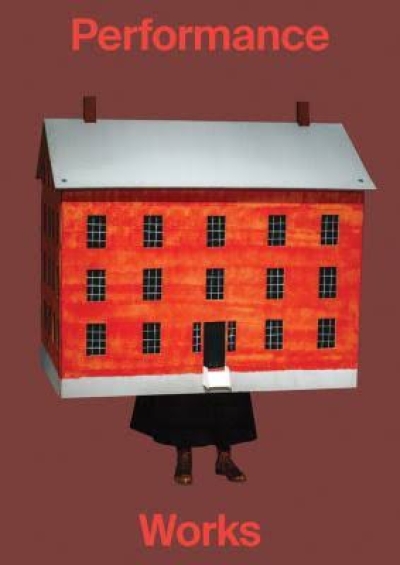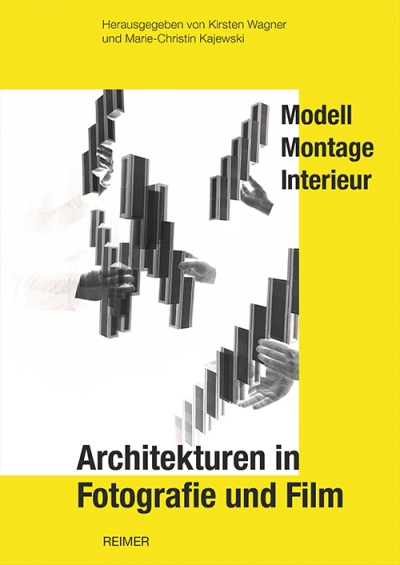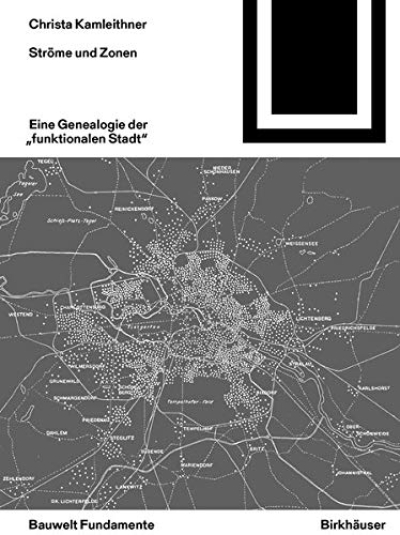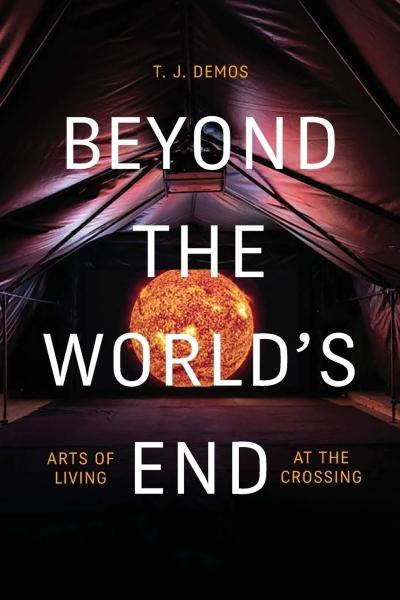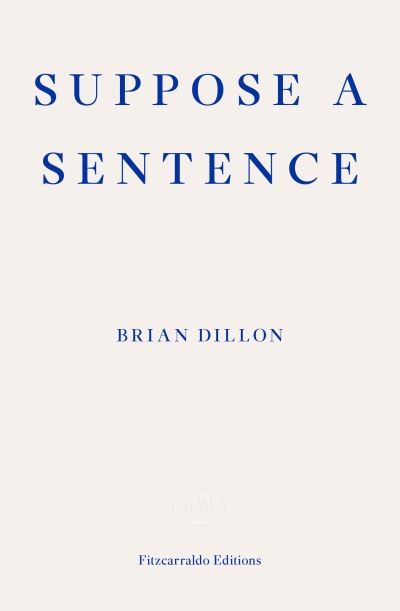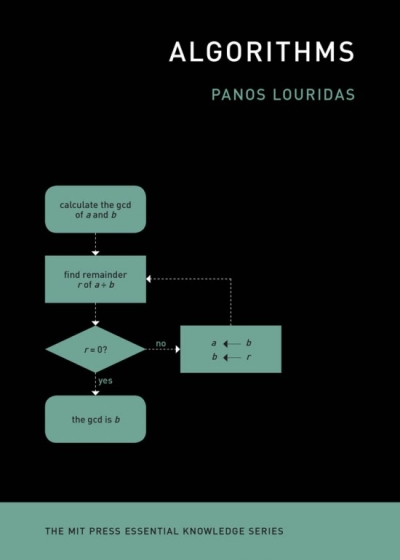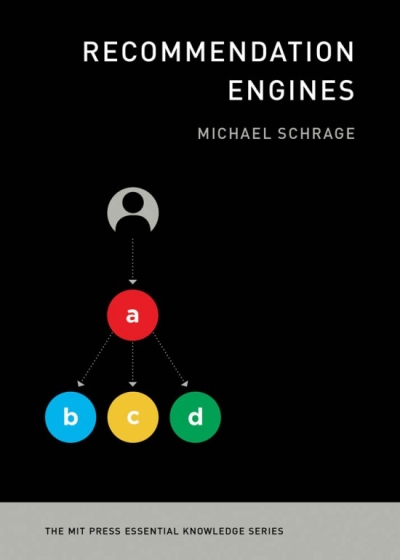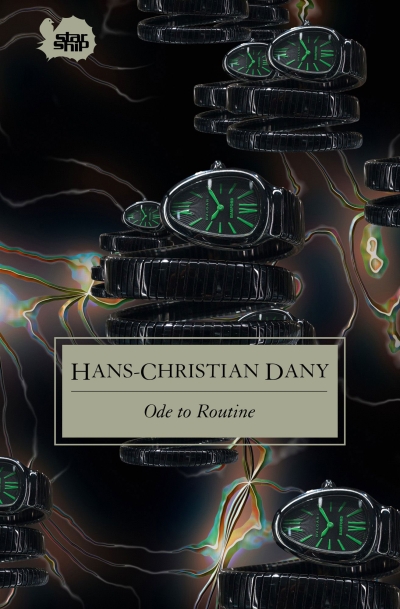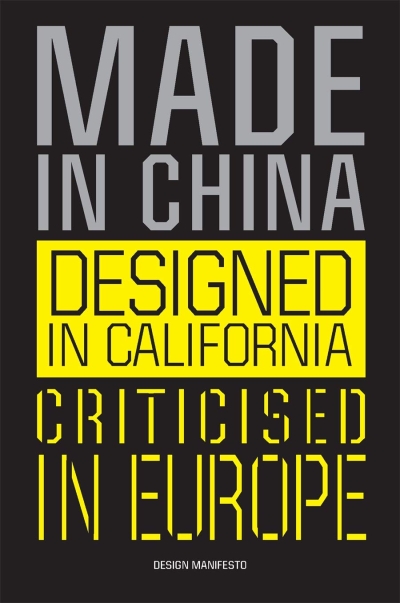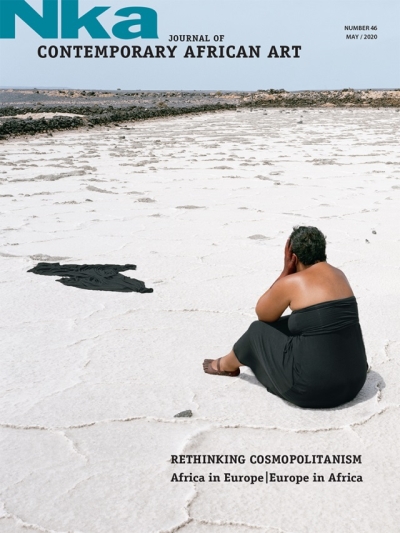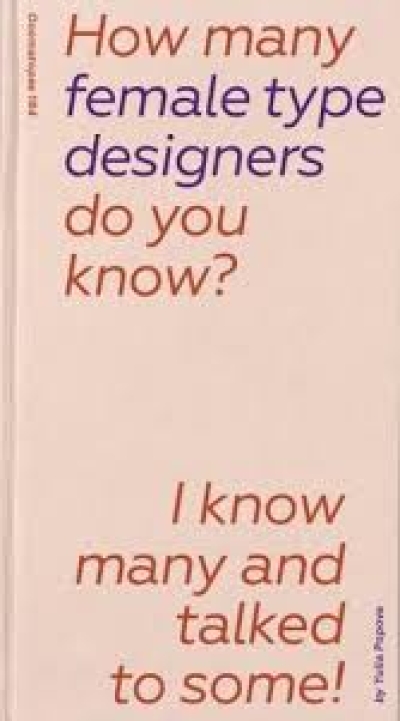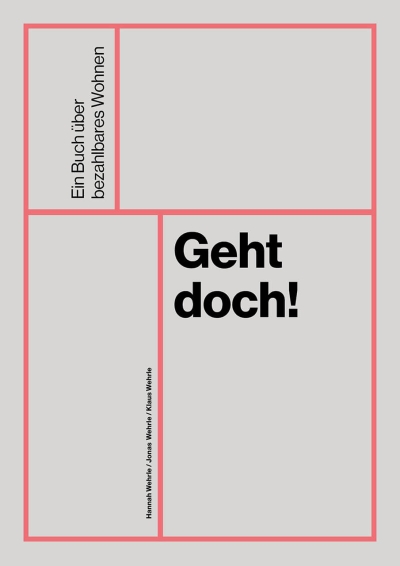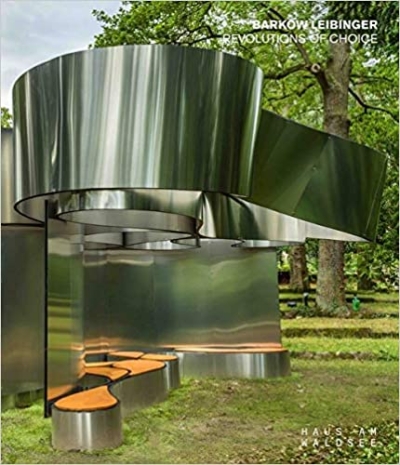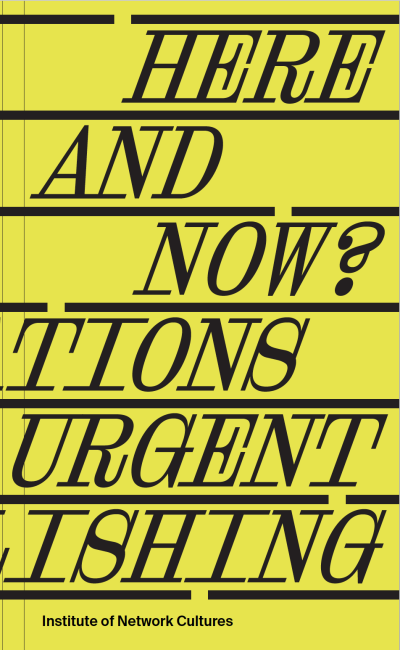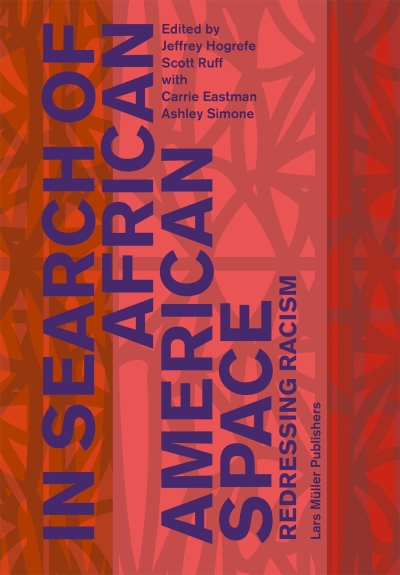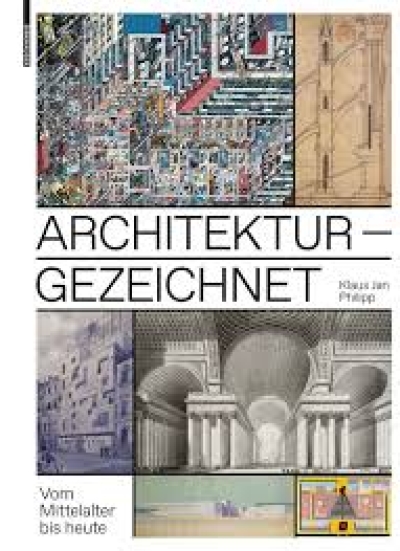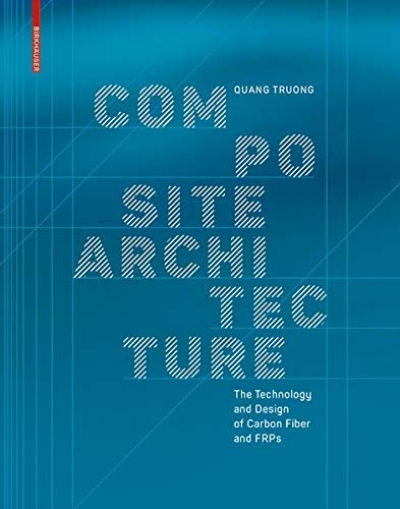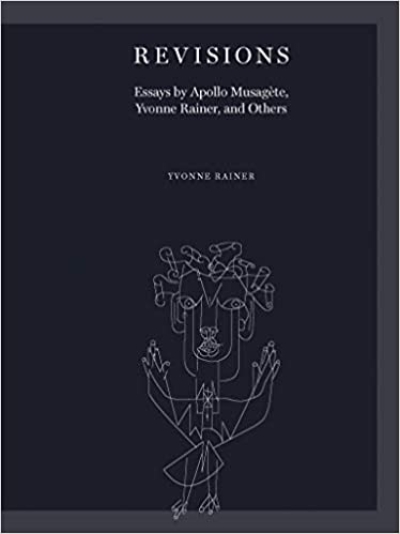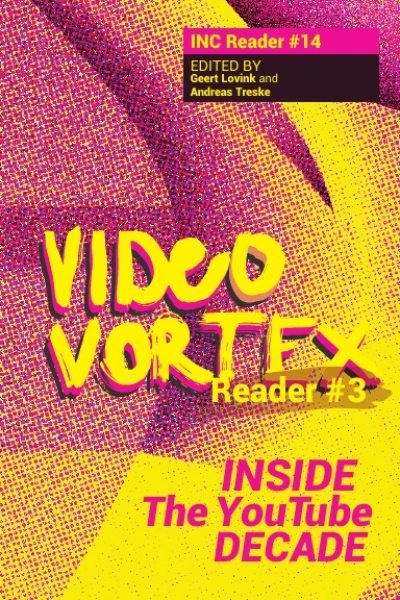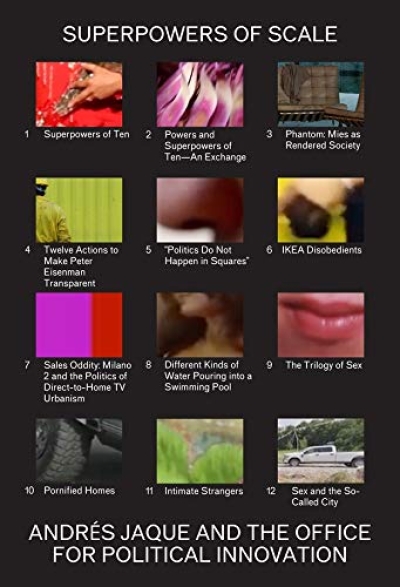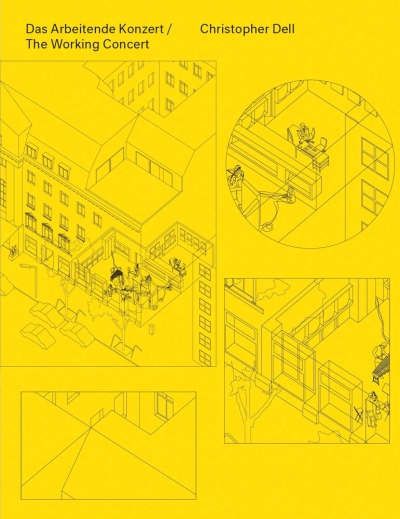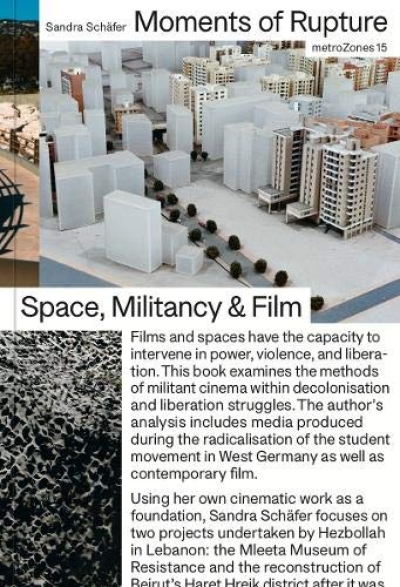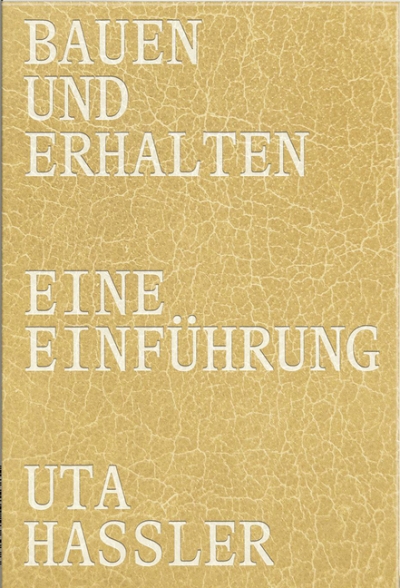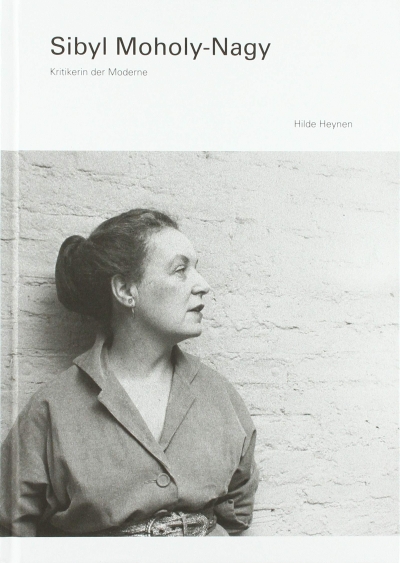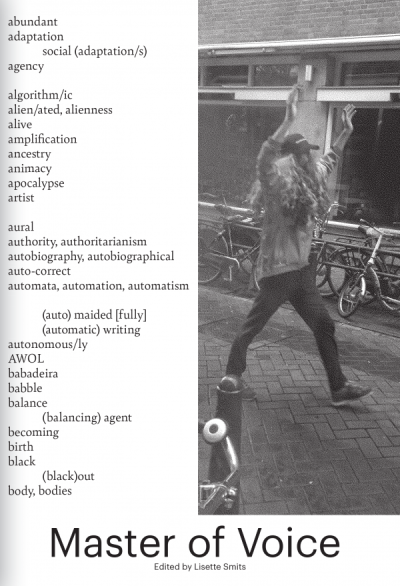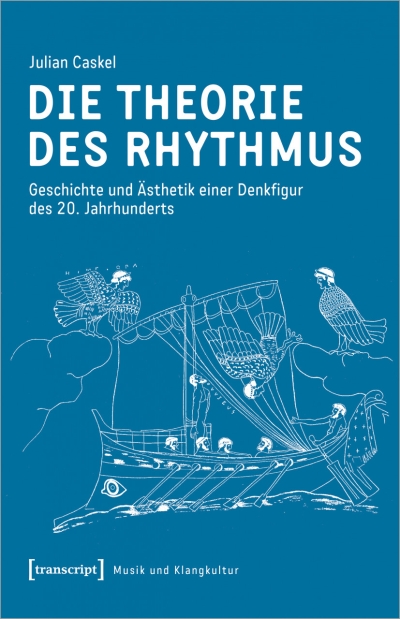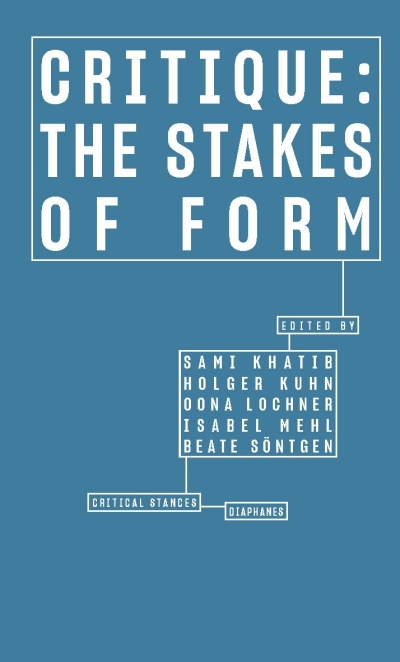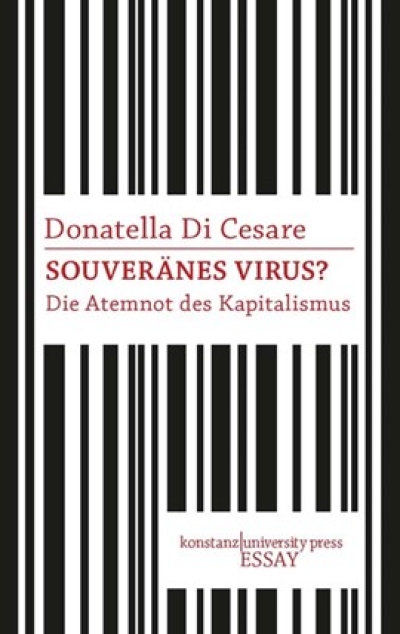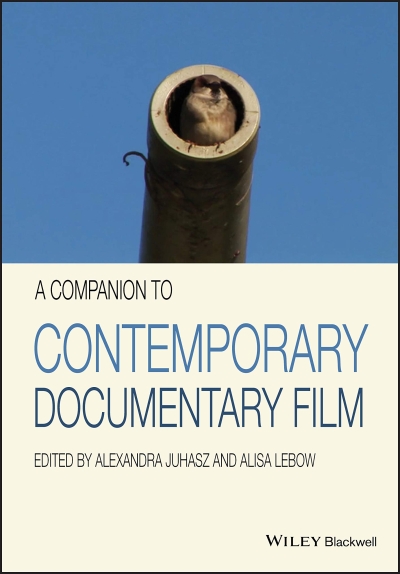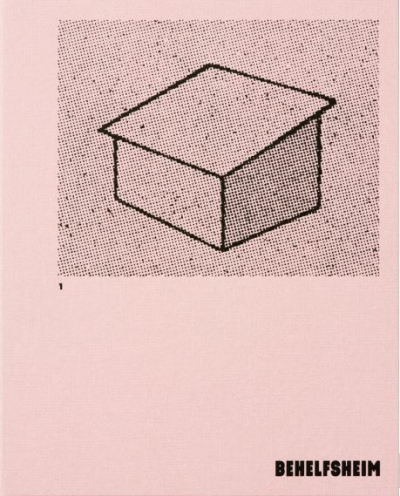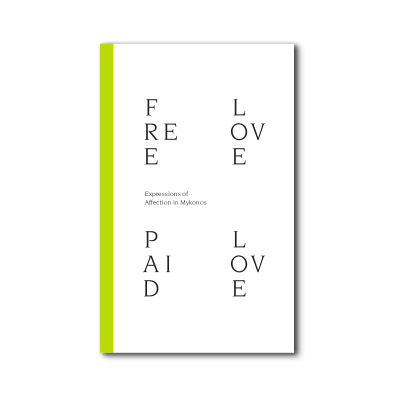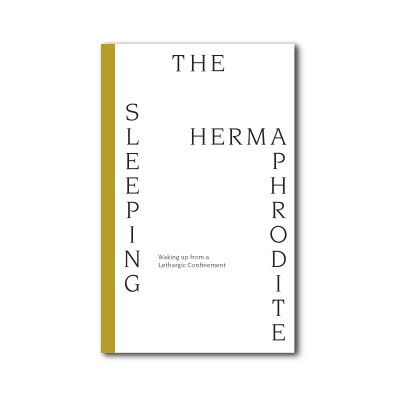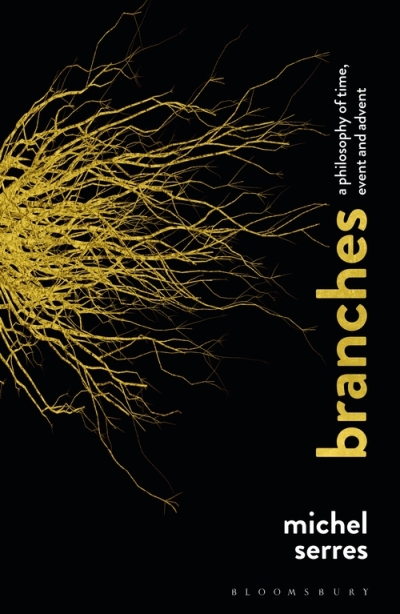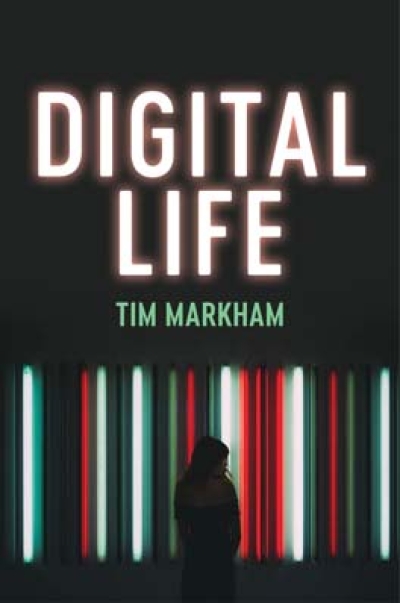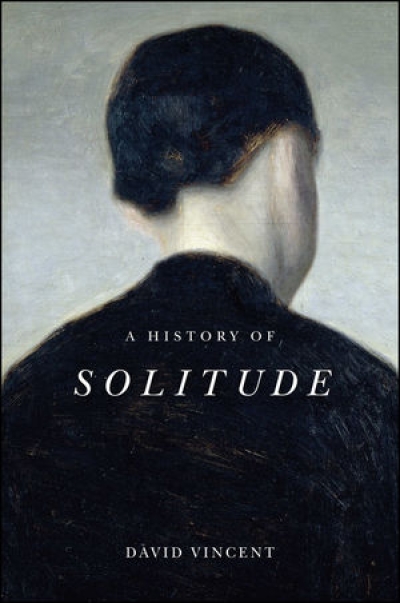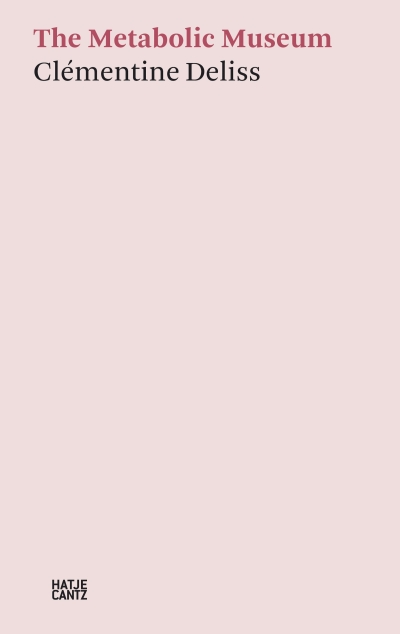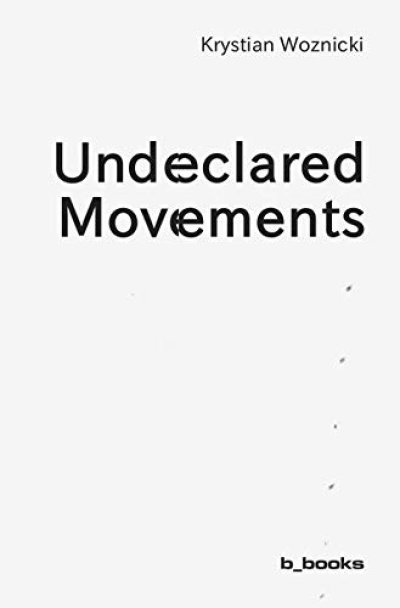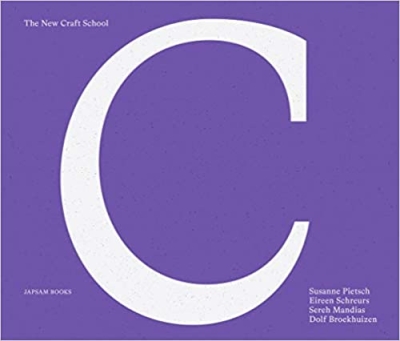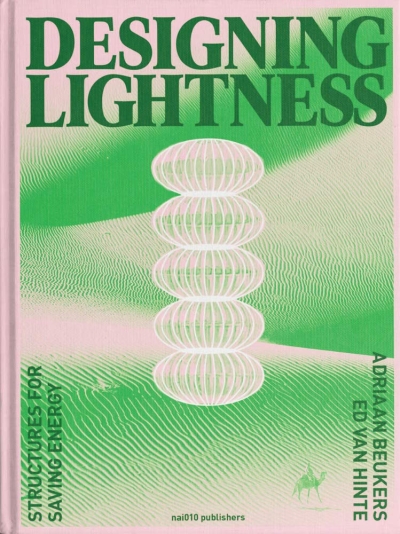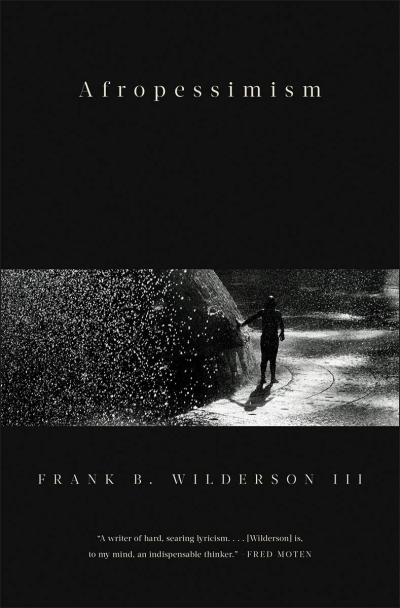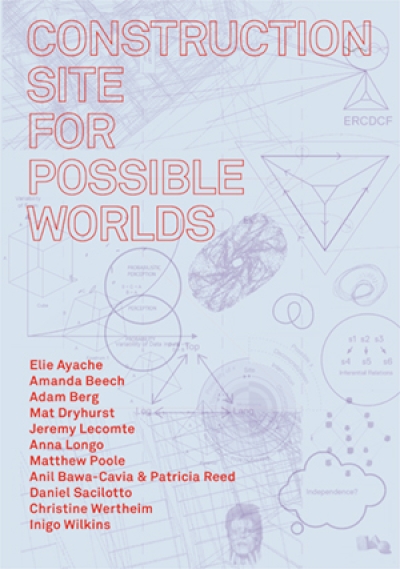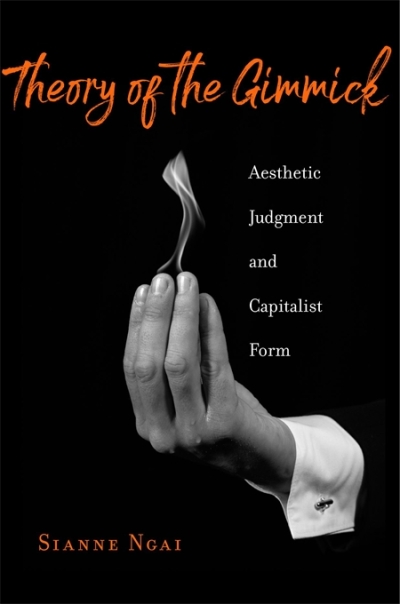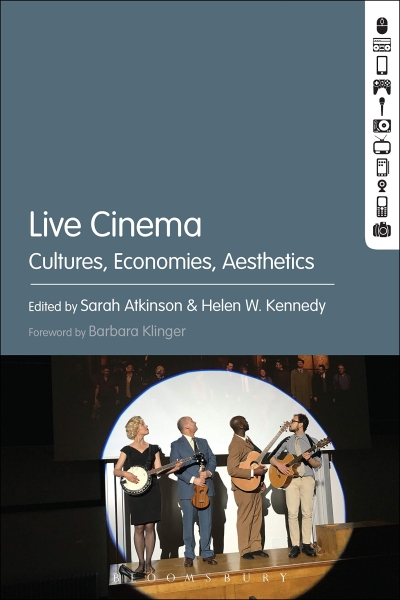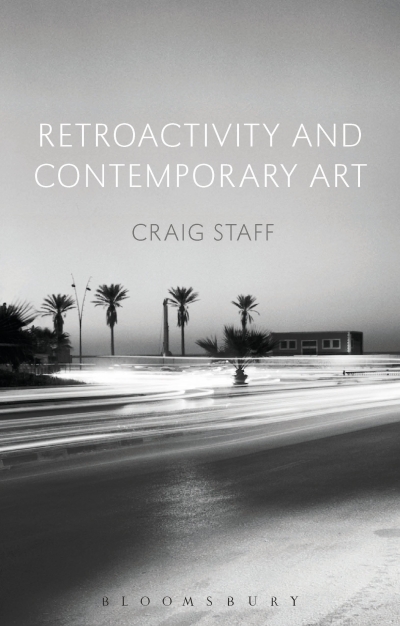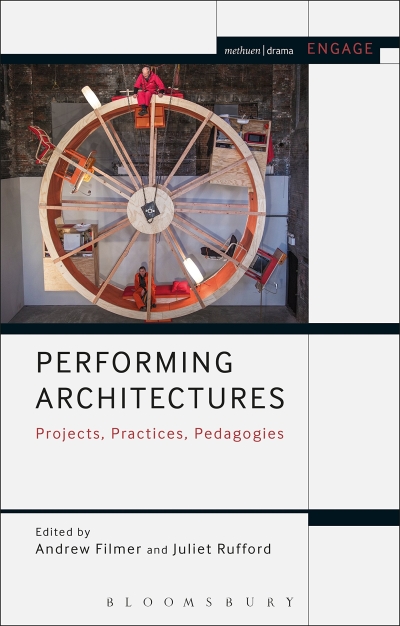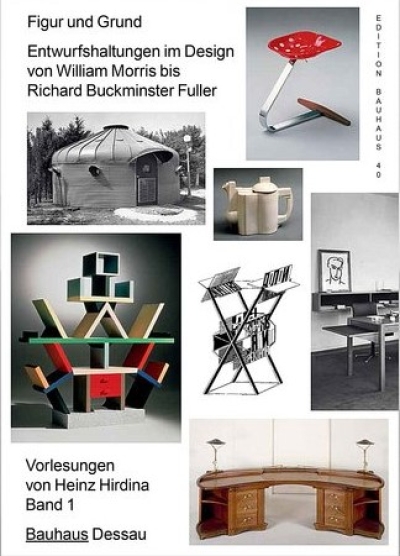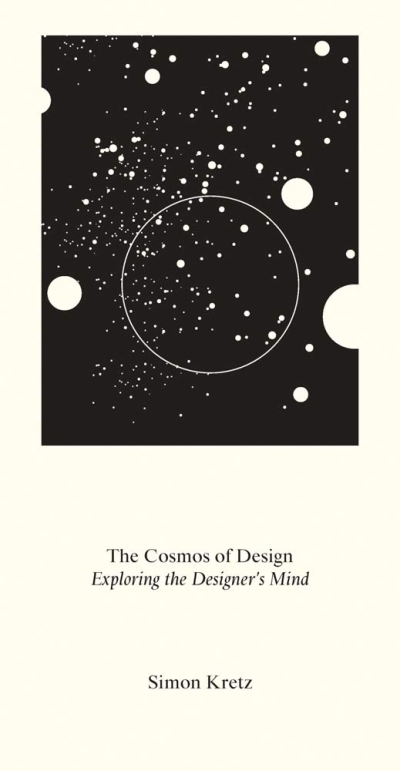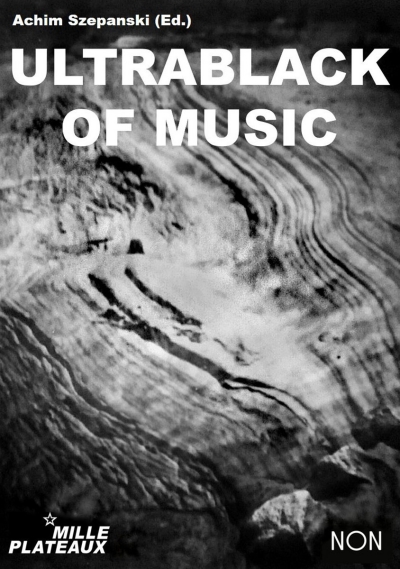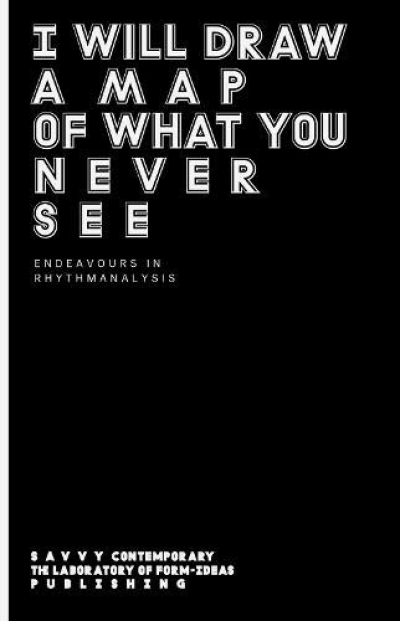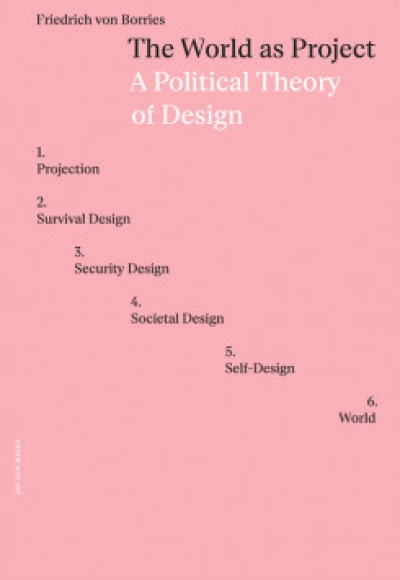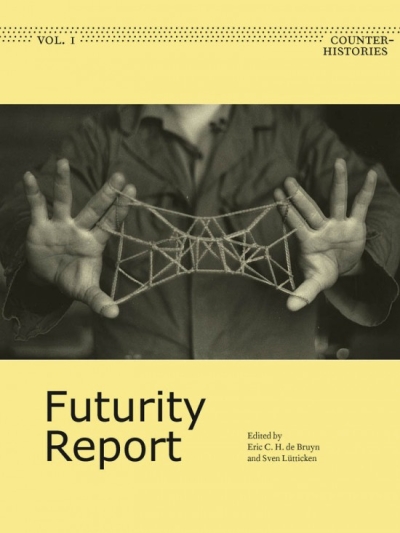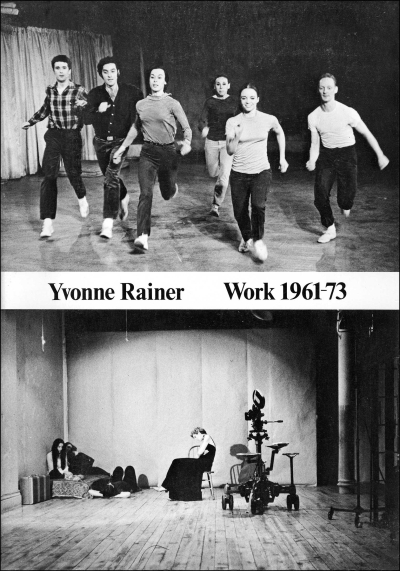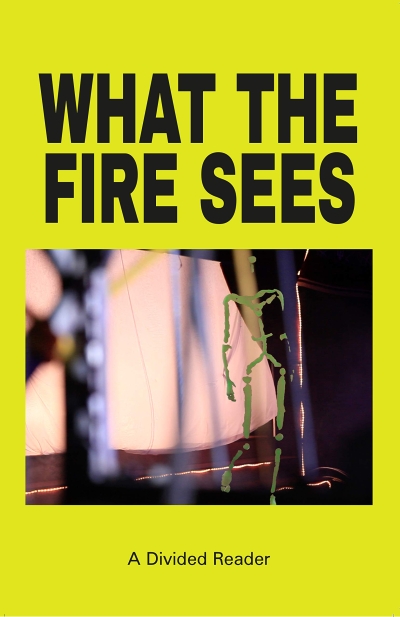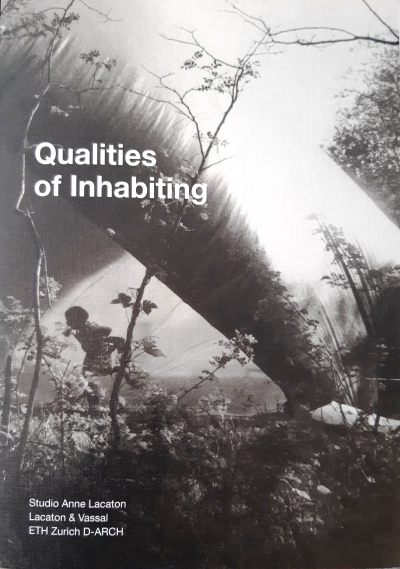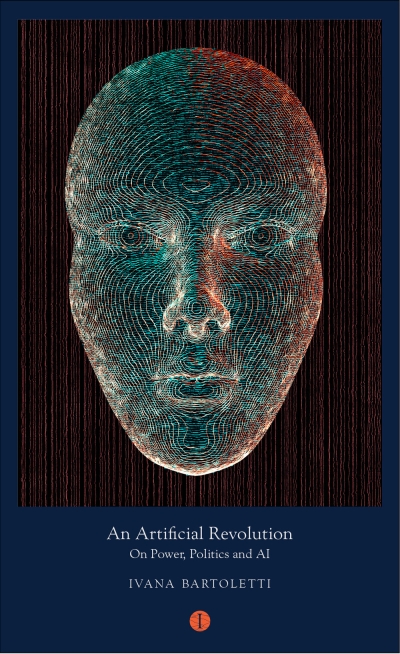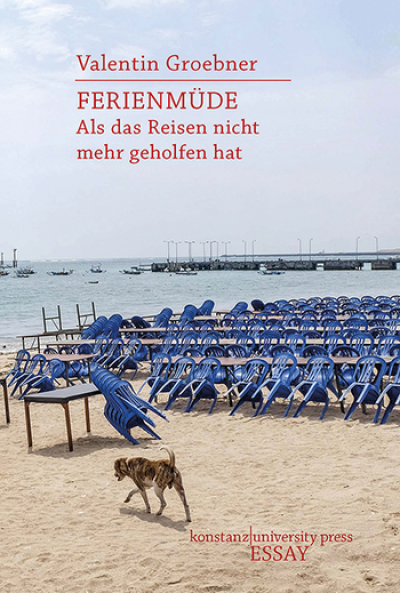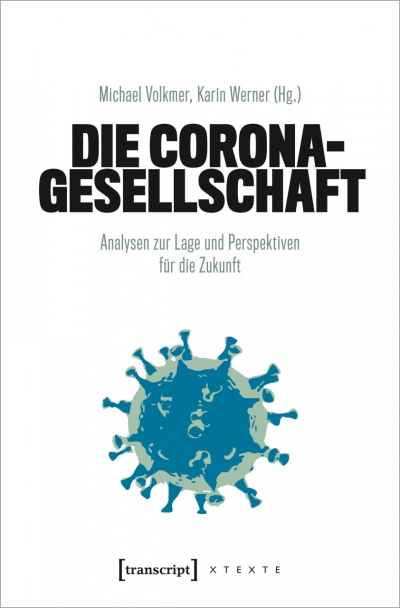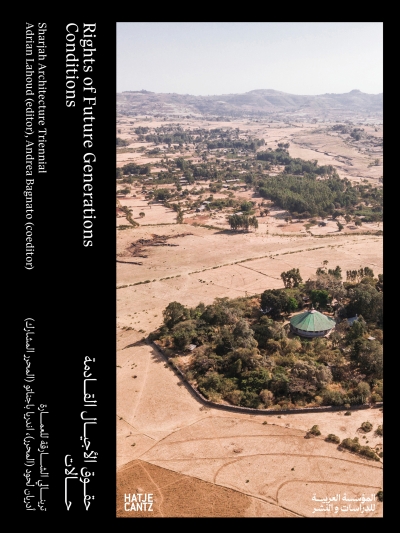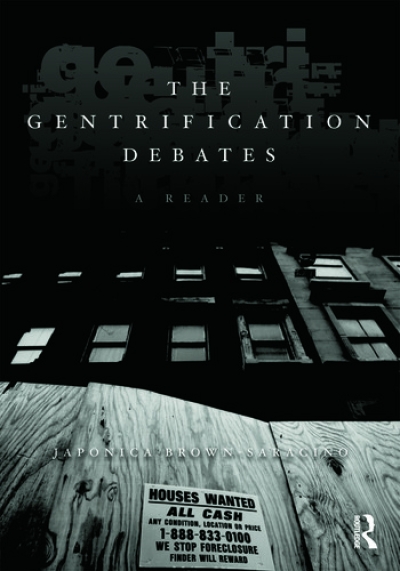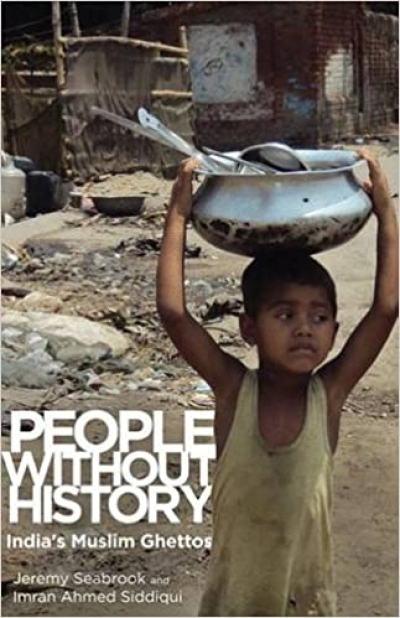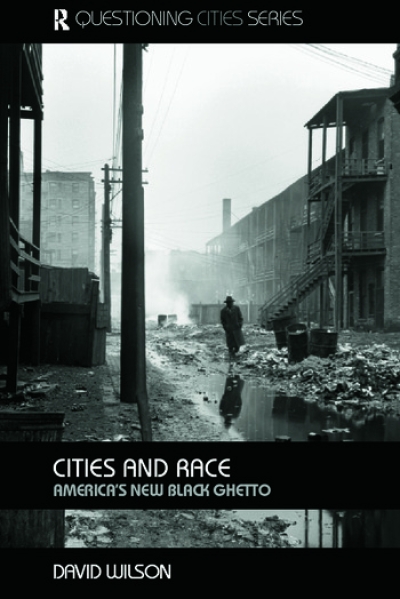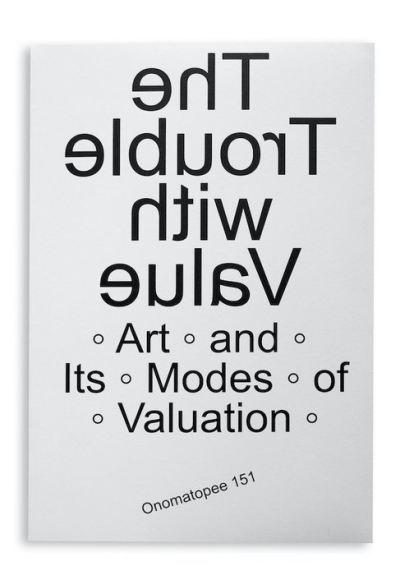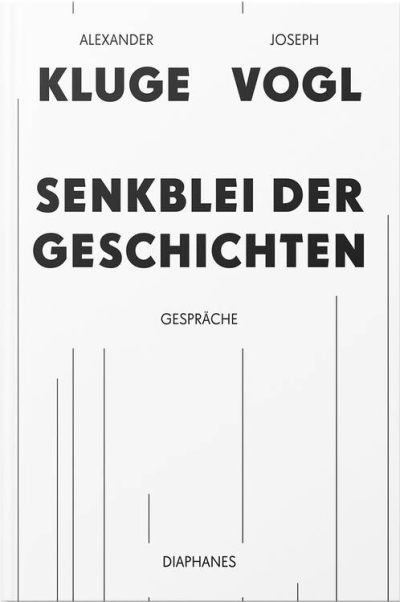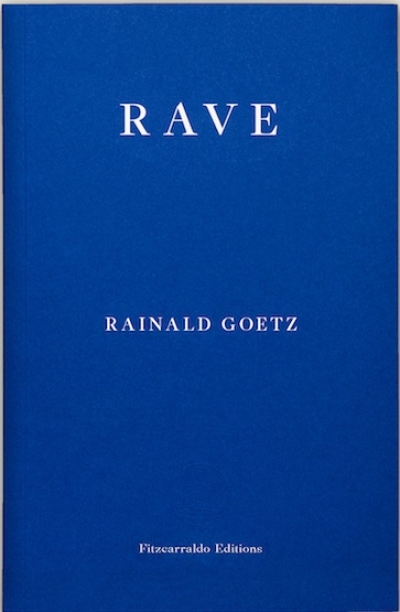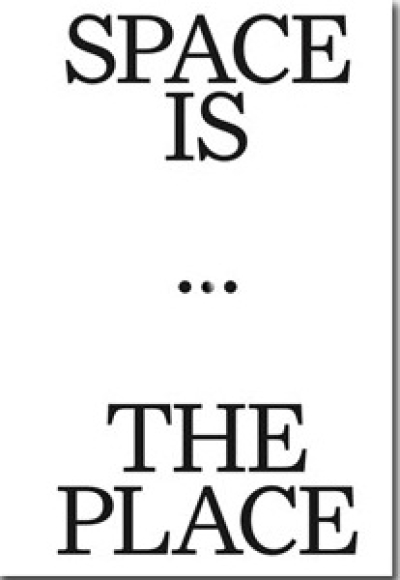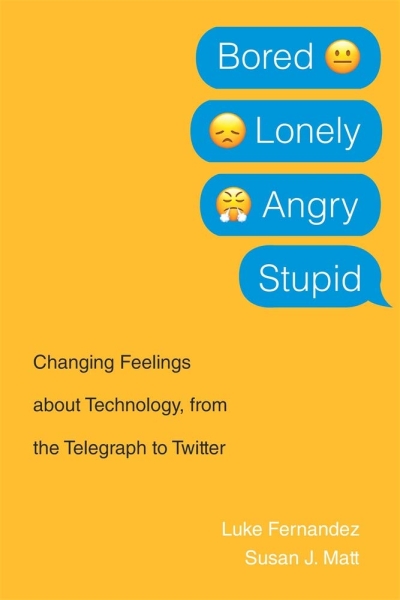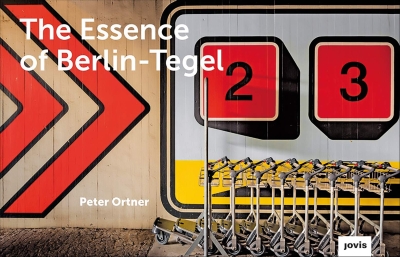gerade nicht auf Lager
William O. Gardner
The Metabolist Imagination. Visions of the City in Postwar…
gerade nicht auf Lager
McKenzie Wark
Sensoria. Thinkers for the Twenty-first Century
Maria Isserlis (Hg)
Nadira Husain
gerade nicht auf Lager
Sheila Williams (ed.)
Entanglements. Tomorrow's Lovers, Families, and…
Maria Hlavajova, Sven Lutticken (Hg)
Deserting from the Culture Wars
Brandon LaBelle (Ed.)
Dirty Ear Report #3
gerade nicht auf Lager
José Esteban Muñoz (ed. by Joshua…
The Sense of Brown (Perverse Modernities Series)
gerade nicht auf Lager
Jean-Paul Martinon
Curating as Ethics (Thinking Theory Series)
gerade nicht auf Lager
Chris Ingraham
Gestures of Concern (Cultural Politics Series)
gerade nicht auf Lager
Harmony Bench
Perpetual Motion. Dance, Digital Cultures, and the Common
gerade nicht auf Lager
Suad Garayeva-Maleki, Heike Munder (Eds…
Potential Worlds. Planetary Memories & Eco-Fictions
ETH Zurich, MAS Urban Design
Migrant Marseille. Architectures Of Social Segregation And…
gerade nicht auf Lager
Kirsten Otto
Berlins verschwundene Denkmäler. Eine Verlustanalyse von…
gerade nicht auf Lager
Howard Eiland, Michael W. Jennings
Walter Benjamin. Eine Biographie
Per Leo
Der Wille zum Wesen. Weltanschauungskultur,…
gerade nicht auf Lager
Lukas Feireiss,Tatjana Schneider,…
Living the City. Von Städten, Menschen und Geschichten
gerade nicht auf Lager
Joanna Zielińska (ed.)
Performance Works
Kirsten Wagner, Marie-Christin Kajewski…
Architekturen in Fotografie und Film. Modell, Montage,…
Christa Kamleithner
Ströme und Zonen. Eine Genealogie der "funktionalen…
gerade nicht auf Lager
T.J. Demos
Beyond the World's End. Arts of Living at the Crossing
Elvia Wilk
Oval
gerade nicht auf Lager
Brian Dillon
Suppose a Sentence
gerade nicht auf Lager
Panos Louridas
Algorithms
Michael Schrage
Recommendation Engines
gerade nicht auf Lager
Hans-Christian Dany
Ode to Routine
gerade nicht auf Lager
Mieke Gerritzen, Geert Lovink
Made in China, Designed in California, Criticised in Europe…
Nka Journal of Contemporary African Art
Rethinking Cosmopolitanism. Africa in Europe, Europe in…
gerade nicht auf Lager
Julia Popova
How many female type designers do you know? I know many and…
Hannah Wehrle, Jonas Wehrle, Klaus…
Geht doch! Ein Buch über bezahlbares Wohnen
Barkow Leibinger
Revolutions of Choice
gerade nicht auf Lager
Silvio Lorusso, Pia Pol, Miriam Rasch (…
Here and Now? Explorations in Urgent Publishing
Jeffrey Hogrefe and Scott Ruff with…
In Search of African American Space. Redressing Racism
Gabu Heindl
Stadtkonflikte. Radikale Demokratie in Architektur und…
Klaus Jan Philipp
Architektur - gezeichnet: Vom Mittelalter bis heute
gerade nicht auf Lager
Quang Truong
Composite Architecture. Building and Design with Carbon…
gerade nicht auf Lager
Yvonne Rainer
Revisions. Essays by Apollo Musagète, Yvonne Rainer, and…
Geert Lovink, Andreas Treske (Hg)
Video Vortex Reader III: Inside the YouTube Decade. INC…
gerade nicht auf Lager
Andrés Jaque / Office for Political…
Superpowers of Scale
gerade nicht auf Lager
Christopher Dell
Das Arbeitende Konzert / The Working Concert
gerade nicht auf Lager
Sandra Schäfer
Moments of Rupture. Spaces, Militancy & Film
gerade nicht auf Lager
Uta Hassler
Bauen und Erhalten. Eine Einführung
gerade nicht auf Lager
Jeanne Gerrity, Anthony Huberman (Eds.)
Where are the tiny revolts? (A Series of Open Questions,…
gerade nicht auf Lager
Hilde Heynen
Sibyl Moholy-Nagy. Kritikerin der Moderne
Lisette Smits (Ed.)
Master of Voice
gerade nicht auf Lager
Julian Caskel
Die Theorie des Rhythmus. Geschichte und Ästhetik einer…
gerade nicht auf Lager
Beate Söntgen, Holger Kuhn, Oona…
Critique: The Stakes of Form
Drehli Robnik
Ansteckkino. Eine politische Philosophie und Geschichte des…
Donatella Di Cesare
Souveränes Virus? Atemnot des Kapitalismus
Alexandra Juhasz, Alisa Lebow (Eds.)
A Companion to Contemporary Documentary Film
gerade nicht auf Lager
Enver Hirsch & Philipp Meuser
Behelfsheim
Juan Duque, Nicolas Lakiotakis, David…
Free Love Paid Love. Expressions of Affection in Mykonos
Juan Duque, David Bergé (Eds.)
The Sleeping Hermaphrodite. Waking up from a Lethargic…
gerade nicht auf Lager
Michel Serres
Branches. A Philosophy of Time, Event and Advent
gerade nicht auf Lager
Tim Markham
Digital Life
gerade nicht auf Lager
David Vincent
A History of Solitude
gerade nicht auf Lager
Clémentine Deliss
The Metabolic Museum
Veit Görner (Hg.)
Lehrstunde der Nachtigall - Gilbert and George, Walther,…
Krystian Woznicki
Undeclared Movements
Pietsch, Schreurs, Mandias, Broekhuizen…
The New Craft School
gerade nicht auf Lager
Designing Lightness. Structures for…
Adriaan Beukers, Ed van Hinte
gerade nicht auf Lager
Sameep Padora
How To Build An Indian House. The Mumbai Example
gerade nicht auf Lager
Frank Wilderson III
Afropessimism
gerade nicht auf Lager
Amanda Beech, Robin Mackay (Eds.)
Construction Site for Possible Worlds
Sianne Ngai
Theory of the Gimmick. Aesthetic Judgment and Capitalist…
Sarah Atkinson, Helen W. Kennedy (Hg)
Live Cinema. Cultures, Economies, Aesthetics
Craig Staff
Retroactivity and Contemporary Art
gerade nicht auf Lager
Andrew Filmer and Juliet Rufford (ed)
Performing Architectures. Projects, Practices, Pedagogies
Heinz Hirdina (Autor), Achim Trebeß /…
Figur und Grund. Entwurfshaltungen im Design von William…
gerade nicht auf Lager
Simon Kretz
The Cosmos of Design. Exploring the Designer’s Mind
gerade nicht auf Lager
Achim Szepanski (Ed.)
Ultrablack of Music
gerade nicht auf Lager
Bonaventure Soh Bejeng Ndikung (Hg.)
I Will Draw a Map of What You Never See
gerade nicht auf Lager
Friedrich von Borries
The World as Project: A Political Theory of Design
gerade nicht auf Lager
Eric C. H. de Bruyn, Sven Lütticken (Ed…
Futurity Report
gerade nicht auf Lager
James Hoff (Ed.)
Yvonne Rainer. Work 1961-73
gerade nicht auf Lager
Eleanor Weber, Camilla Wills (Hg)
What the Fire Sees. A Divided Reader
gerade nicht auf Lager
Anne Lacaton, Carina Sacher (Hg)
Qualities of Inhabiting. Studio Anne Lacaton, Lacaton…
gerade nicht auf Lager
Touré F. Reed
Toward Freedom. The Case Against Race Reductionism
gerade nicht auf Lager
Ivana Bartoletti
An Artificial Revolution. On Power, Politics and AI
Valentin Groebner
Ferienmüde. Als das Reisen nicht mehr geholfen hat
gerade nicht auf Lager
Michael Volkmer, Karin Werner (Hg.)
Die Corona-Gesellschaft. Analysen zur Lage und Perspektiven…
Dieter Bogner (Hg.)
Friedrich Kiesler 1890-1965: Inside the Endless House
gerade nicht auf Lager
Adrian Lahoud, Andrea Bagnato (Hg.)
Rights of Future Generations. Conditions
Japonica Brown-Saracino
The Gentrification Debates A Reader
Jeremy Seabrook, Imran Ahmed Siddiqui
People Without History. India's Muslim Ghettos
David Wilson
Cities and Race. America's New Black Ghettos
Allen S. Weiss
Unpacking my Library. The Autobiography of Teddy
gerade nicht auf Lager
Kris Dittel (ed.)
The Trouble with Value. Art and Its Modes of Valuation
Alexander Kluge, Joseph Vogl
Senkblei der Geschichten. Gespräche
Barbara Schönig, Lisa Vollmer (Hg.)
Wohnungsfragen ohne Ende?! Ressourcen für eine soziale…
gerade nicht auf Lager
Rainald Goetz
Rave
gerade nicht auf Lager
Hélène Frichot
Dirty Theory: Troubling Architecture
gerade nicht auf Lager
Dietmar Dath
Niegeschichte. Science Fiction als Kunst- und Denkmaschine
gerade nicht auf Lager
Lukas Feireiss (Ed.)
Space is the Place. Current Reflections on Art and…
gerade nicht auf Lager
Branden Joseph (Ed.)
Carolee Schneemann: Uncollected Texts
Natalie Fenton, Des Freedman, Justin…
The Media Manifesto
gerade nicht auf Lager
Amador Vega, Peter Weibel, Siegfried…
Dia-Logos: Ramon Llull's Method of Thought and…
Luke Fernandez, Susan J. Matt
Bored, Lonely, Angry, Stupid: Changing Feelings about…
gerade nicht auf Lager
Peter Ortner
The Essence of Berlin-Tegel. Taking Stock of an Airport…
